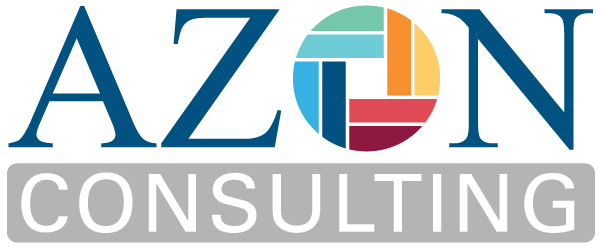
Through our efforts in diversity and inclusion, we have found some key guidelines to work by that all people who are in management, recruiting, and diversity/inclusion work should take into consideration.
- Avoid tokenism.
Identity is complicated! Asking an individual to speak for an entire community is not only a lot of pressure, but can be misleading. For instance, the experience of a Latina who grew up in an urban community is different than a Latina from suburban community. Or maybe it isn’t. Every person brings a different vantage point to the table, given their race, ethnicity, socio-economic status, gender, sexual orientation, age, religion (the list goes on). So perhaps that Latina from the city has more in common with the Latina from the suburbs, than she would with another urban Latina, due to other parts of her identity. But because we have chosen to only look at her gender, ethnicity, and location, and haven’t gotten to know her or her story, it is not possible to make such a conclusion.
- Move past “Check-the-Box” mentality.
Making and measuring progress is important, but how do we define progress? Reaching a certain number or percentage of people of color in your department is great goal, but that metric is superficial. Work to dig deeper with your metrics to focus on differences in background and thought, or diversity within diversity. Also, are you just hiring your way to your threshold? Making sure the people of color within your department are a comfortable, successful, contributing members of your workplace and corporate culture, are allowed to effectively bring aspects of themselves into client relations and work product, and can see potential for growth within your organization are important for retention, morale, and employee buy-in and success.
- Intentionally balance access.
Access is the mechanism which allows people to succeed. Repeated opportunity to prove your skills, have face time with clients, and get regular feedback are all important to being a successful lawyer. Privilege that you are born with oftentimes gives certain individuals a higher chance of gaining access. They’re more likely to be able to speak the “code” that others speak. They’ll understand idiomatic, regional, and class-based references that give them extra opportunities to prove their worth, socially. Being aware of these biases, which are likely unconscious, and working to intentionally balance access, is important because it allows all the opportunity to succeed within your organization.
- Focus on innovation.
Nobody is doing everything right. Some organizations may be on the right track, but diversity and inclusion is still a major industry concern. Diversity has been lacking since its formation, so institutional change may be needed. Implement relevant best practices, but since the current structure isn’t working, its up to you to break the mold! Work with your organization to decide what your approach will be. You’ll never know the results until you try it.
- Be authentic.
Nothing is worse than an organization that doesn’t practice what they preach. You may not know everything there is to know about diversity and inclusion, but if you truly care about creating a workplace that is safe and accepting of everyone, people will take notice and your efforts will shine through. Authenticity goes a long way in complicated tasks like diversity and inclusion efforts, and knowing when you don’t know the answer and asking for help can overshadow your subject knowledge deficit.
Which of these tasks will help bring your organization to the next level? What other tips do you have? Feel free to leave them in the comments section below!
